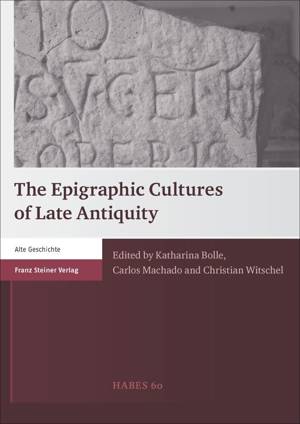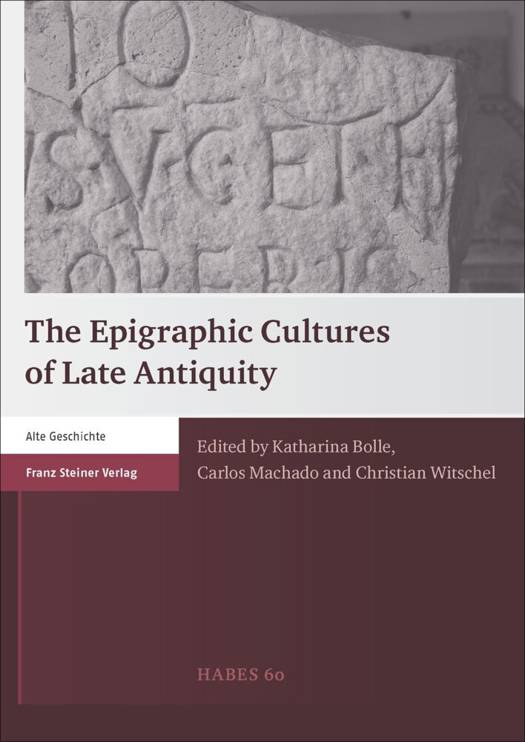
- Afhalen na 1 uur in een winkel met voorraad
- Gratis thuislevering in België vanaf € 30
- Ruim aanbod met 7 miljoen producten
- Afhalen na 1 uur in een winkel met voorraad
- Gratis thuislevering in België vanaf € 30
- Ruim aanbod met 7 miljoen producten
Zoeken
The Epigraphic Cultures of Late Antiquity
€ 209,45
+ 418 punten
Omschrijving
The diversity and wealth of epigraphic cultures in the late Roman Empire is the main focus of this volume. It offers a wide-ranging overview over the geographic and typological diversity of late antique epigraphy and explores the many ways in which people reacted to inscriptions and the monuments connected with them. Particularly the "epigraphic habit", e.g. the complex network of making and using inscriptions, is looked at from different angles. This helps to understand the various political, cultural and religious structures characterized by it. The first part is dedicated to the study of the "epigraphic habit" in different parts of the Roman Empire and presents detailed quantitative analyses. The second part centers on various genres of inscriptions as well as on associated practices. In a third part "Christian epigraphy", i.e. the impact of Christianity on the antique epigraphic culture, is addressed. A range of maps, charts and figures illustrate the studies and facilitate comparison.
Specificaties
Betrokkenen
- Uitgeverij:
Inhoud
- Aantal bladzijden:
- 615
- Taal:
- Engels, Frans
- Reeks:
- Reeksnummer:
- nr. 60
Eigenschappen
- Productcode (EAN):
- 9783515115582
- Verschijningsdatum:
- 21/02/2017
- Uitvoering:
- Hardcover
- Formaat:
- Genaaid
- Afmetingen:
- 170 mm x 239 mm
- Gewicht:
- 1182 g

Alleen bij Standaard Boekhandel
+ 418 punten op je klantenkaart van Standaard Boekhandel
Beoordelingen
We publiceren alleen reviews die voldoen aan de voorwaarden voor reviews. Bekijk onze voorwaarden voor reviews.







